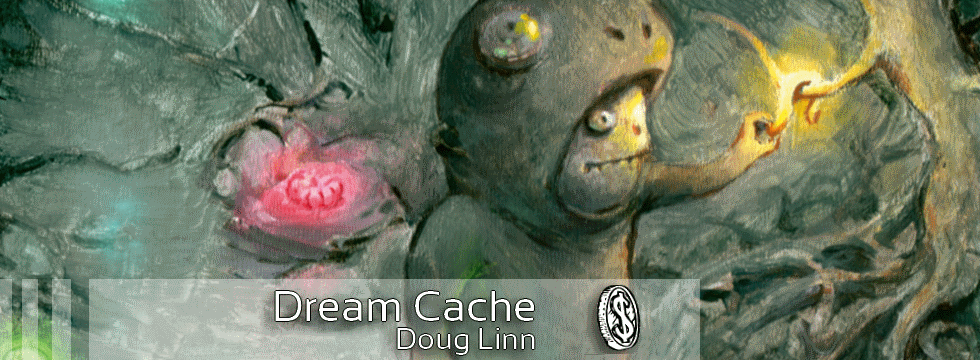This week, we dig into Ravnica! The City of Guilds brings a huge pile of big monsters, expensive lands and power uncommons. Join me and find out what cards are secretly worth money, what chase rare has been losing value, and what card pushed big design challenges!
Douglas Linn
We finish up a tour of the plane of Kamigawa this week with Saviors. The set’s mechanics focused on “wisdom,” as measured by the amount of cards in your hand versus another player’s hand. In theory, this sounds pretty cool; however, in practice, it meant that a player had to keep in mind both hand sizes at all times. The mechanic was unfortunate in that it rewarded players for holding onto their creatures and spells instead of playing them out. What could have been an interesting source of in-game tension wasn’t developed well enough to make it worthwhile to play with the wisdom cards. Although it was a small, poorly-received third set, Saviors has a good selection of money cards for traders to profit from.
Gunky cards got you down? Doug shows off his cleaning techniques to get you more cash on those disgusting old cards.
Betrayers of Kamigawa is fortunate for us in some ways because there are very few cards that are actually worth memorizing. This set and its follow-on were nearly complete duds for tournament Magic; they left few memorable cards after Standard was over. In this article, we will discover the diamonds in the rough and pull the money cards from Betrayers!
We are hot into the second half of Champions of Kamigawa this week. Though the set had less power than Mirrodin, it was still full of interesting cards. The set even has a few power uncommons that I bet you didn’t know about… no, I’m not talking about that damn Top! Find out what Rat is worth more than Meloku in this week’s article!
Champions of Kamigawa drew upon Japanese mythology, with its shrines, kami and crazy dragon spirits. Though it doesn’t pack in the ridiculous combo cards like Mirrodin did, it is full of legends, which means that there are a bunch of cards that get their value from Commander. This week, we will look at the first half of the set and how you can get the most money from Champs. Let’s look!
Fifth Dawn was the third set in Mirrodin and was inexplicably focused on getting people to play all five colors. In the abstract, this is fine, but this was in a set full of artifacts that gave you advantages for running them. It would be like if Onslaught Block culminated in a set focused on super-powered spells instead of really good Tribal creatures…
Oh, wait.
Darksteel, the second set in Mirrodin block, is notorious for driving off more Magic players than any other set, even the Urza block. It contained high-power cards for Affinity that did not require finesse to win with. It was like UG Madness in that the best deck was cheap, easy to play and frustrating to metagame against.
In many ways, Mirrodin is marred by the sets that came after it. Mirrodin was a set focused on artifacts and how they interact with the color wheel, and that was revolutionary at the time. Mirrodin made decks like Stax in Vintage into powerhouses and the essential cards are still climbing. This week, take a look at the first half of the set and get a feel for the metal world!
This week, Doug takes us through Legions, the first all-creature set in Magic. While it was oriented mainly to casual players, Legions had some tournament success and still retains some valuable cards. Click in to see what the Slivers sell for!
Doug tackles the back half of Onslaught this week. Find out the best cards to make money on, from a tribal Crusade to a hungry, hungry Baloth!




